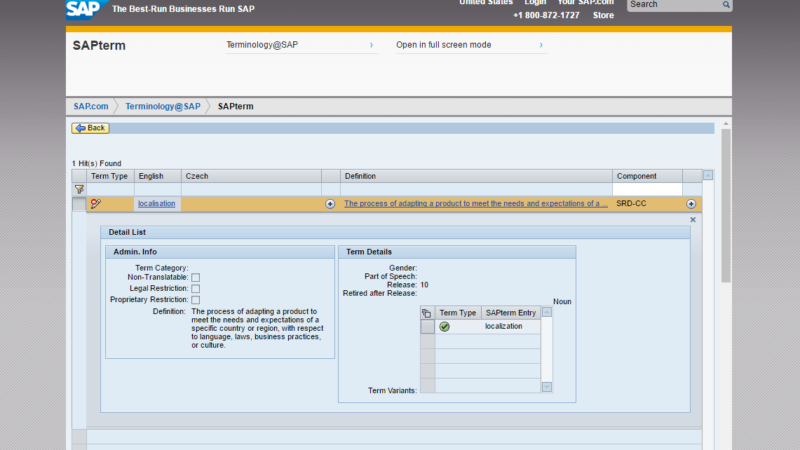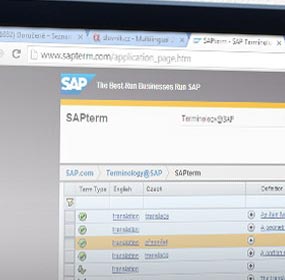
Many large companies use SAP in various countries and need multi-language versions for their employees. They may also create their own solutions or applications that connect to SAP, and also need to use them in a different language than the one they were created in. The question in this case is how to approach the translation. One option is to make use of internal resources, another is to outsource the work to a specialized supplier. In both cases it is necessary to decide whether one will translate directly in the SAP environment in the built-in translation module (SE63) or will use one of several translation tools available on the market.
Each approach has its pros and cons. Any decision should be preceded by a thorough analysis of all aspects, and should involve selection of the approach that is best for the given case. In general it can be said that the more comprehensive the scope of the text, the more suitable it is to translate directly within SAP, for example if the translation includes multiple object types in the system or a larger amount of text with a tight deadline.
On the other hand, if you for example need to translate customization tables or bills of material, it is better to use the export function and translate the texts in software that uses translation memory – of course if your version of SAP export permits this.
More information on why and how you should translate your custom solutions and what you need to consider for the translation project to succeed is available in an E-book published by SAP, available for download here.







